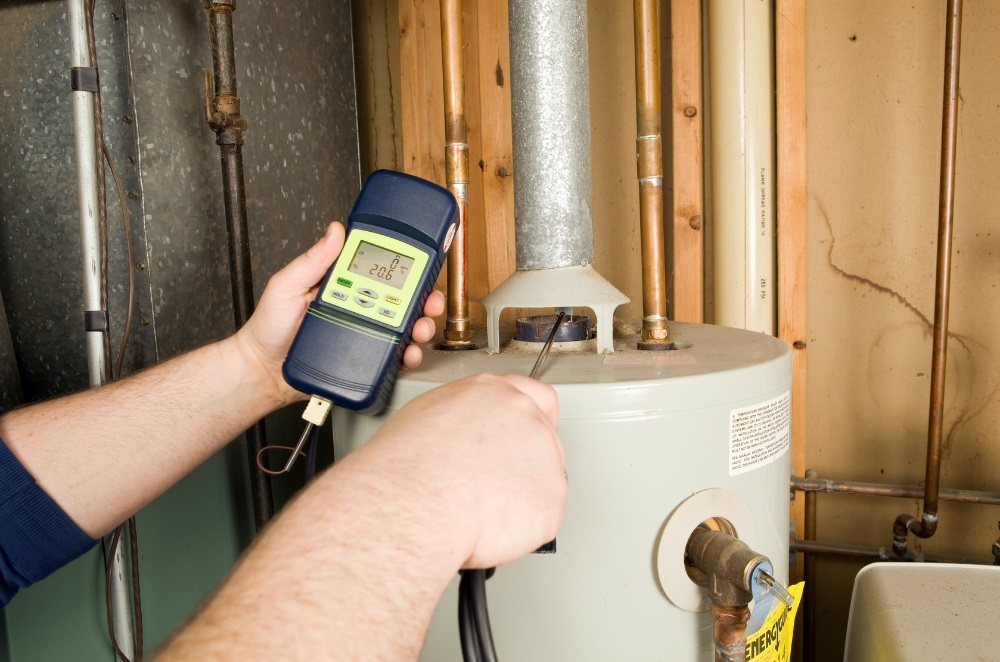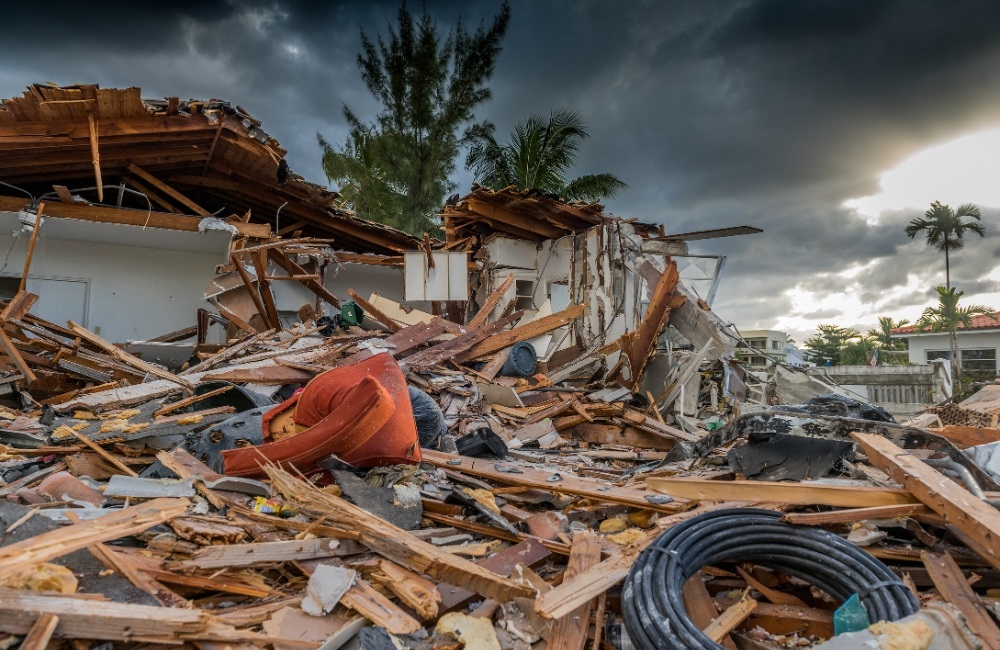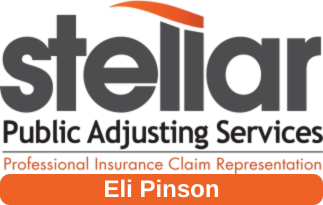Damage assessment is not just about evaluating structural impacts but also about understanding the emotional and economic toll on affected communities. Ensuring safety in the aftermath involves a comprehensive approach, including securing damaged properties, avoiding hazards, and accessing disaster assistance. The lessons learned from Hurricane Helene underscore the importance of preparedness and the resilience of communities in the face of natural disasters.
Immediate Safety Measures to Take Post Hurricane
In the immediate aftermath of a hurricane, ensuring the safety of your family and loved ones is the top priority. Once the storm has passed, assess the sustained damage while being mindful of power outages, gas leaks, and other hazards. Use insect repellent to protect against disease-carrying mosquitoes, and secure proof of residency as it might be required to access certain areas or receive aid. It's vital to keep your family safe by following guidelines from your insurance company and local authorities.
Avoid Contaminated Floodwaters at All Costs
Contaminated floodwaters pose a significant health risk, carrying harmful bacteria and diseases. Avoid downed power lines and flooded roads to ensure safety. Stray animals might also pose a risk, as they can be disoriented and dangerous after a storm. Always wash your hands after coming into contact with floodwater to prevent illness.
Ensuring Electrical Safety: Avoid Wet Electrical Devices
Electricity and water make a dangerous combination. After a hurricane, it's crucial to avoid using wet electrical devices to prevent electric shocks. Inspect all appliances and wiring in your home for water damage before attempting to use them. If unsure, consult a professional electrician to ensure the safety of your household.

Carbon Monoxide Poisoning Prevention Tips
Carbon monoxide poisoning becomes a significant risk when using alternative power sources like generators and charcoal grills indoors. Always use these devices outside, away from windows, doors, and vents, to ensure proper ventilation. Recognize symptoms of carbon monoxide poisoning, such as headache, dizziness, and nausea, and seek immediate medical attention if they occur.
Vital Food and Water Safety Precautions
After a flood or storm, ensuring the safety of your food and water supply is crucial. Dispose of perishable foods that have been exposed to floodwaters or have not been refrigerated properly due to power outages. Wash your hands thoroughly before handling food and water to prevent contamination and the spread of disease.
Addressing Damage and Hazards in Your Surroundings
In the wake of natural disasters, it's essential to address damage and hazards promptly. Focusing on hurricane preparedness can mitigate the risks of carbon monoxide poisoning and other hazards. Assessing the safety of your surroundings involves a keen eye and a cautious approach, especially when navigating the aftermath of a significant event like a hurricane.
Assessing and Repairing Structural Damage Safely
Evaluating structural damage requires attention to detail. Look out for shifting or unusual noises that might indicate instability. Before attempting any repairs, ensure gas lines are intact to prevent leaks. If you're unsure about the extent of the damage, consult with professionals to ensure the safety and integrity of your home.
Steering Clear of Downed Power Lines and Hazardous Debris
Downed power lines and hazardous debris are common after a hurricane. It's vital to steer clear of these dangers, as they can lead to severe injuries or even fatalities. Assume all power lines are live and report them to authorities. Avoid navigating through debris-filled areas without proper protective gear.
Importance of Hand Hygiene in Disease Prevention
Maintaining proper hygiene is crucial in preventing disease outbreaks after a hurricane. Regularly washing your hands with soap and water can significantly reduce the risk of illness. Hand hygiene is especially important before eating, after using the restroom, and after coming into contact with floodwaters or handling debris.
Initiating the Clean-Up and Restoration Phase
The clean-up and restoration phase is a critical step towards returning to normalcy. Ensuring safety precautions are in place can protect individuals from potential hazards. Steps to protect oneself during cleanup after a hurricane include wearing appropriate gear and being aware of the risks posed by damaged structures and contaminated water.
The Right Approach to Home and Environment Cleanup
Reentering your flooded home requires caution. Follow guidelines from local authorities and the national hurricane center on the steps to protect yourself and your family during cleanup. Prioritize safety precautions to avoid injuries and health risks. The cleanup after a hurricane should focus on removing water, salvaging undamaged items, and preventing mold growth.
Turning Off Gas Pipes to Prevent Additional Hazards
Turning off gas pipes can prevent additional hazards, such as fires or explosions, after a hurricane. Familiarize yourself with tips for staying safe and seek disaster assistance after a hurricane hits. Keeping safe after a hurricane involves being proactive and aware of potential risks in your immediate environment.
Flashlights Over Candles: Preventing Fire Hazards in Power Outages
During power outages, using flashlights over candles can significantly reduce the risk of fire hazards. The National Hurricane Center and public health officials emphasize the importance of severe weather preparedness, including having battery-operated light sources available. This simple precaution can help keep you and your loved ones safe during the vulnerable period following a hurricane.



